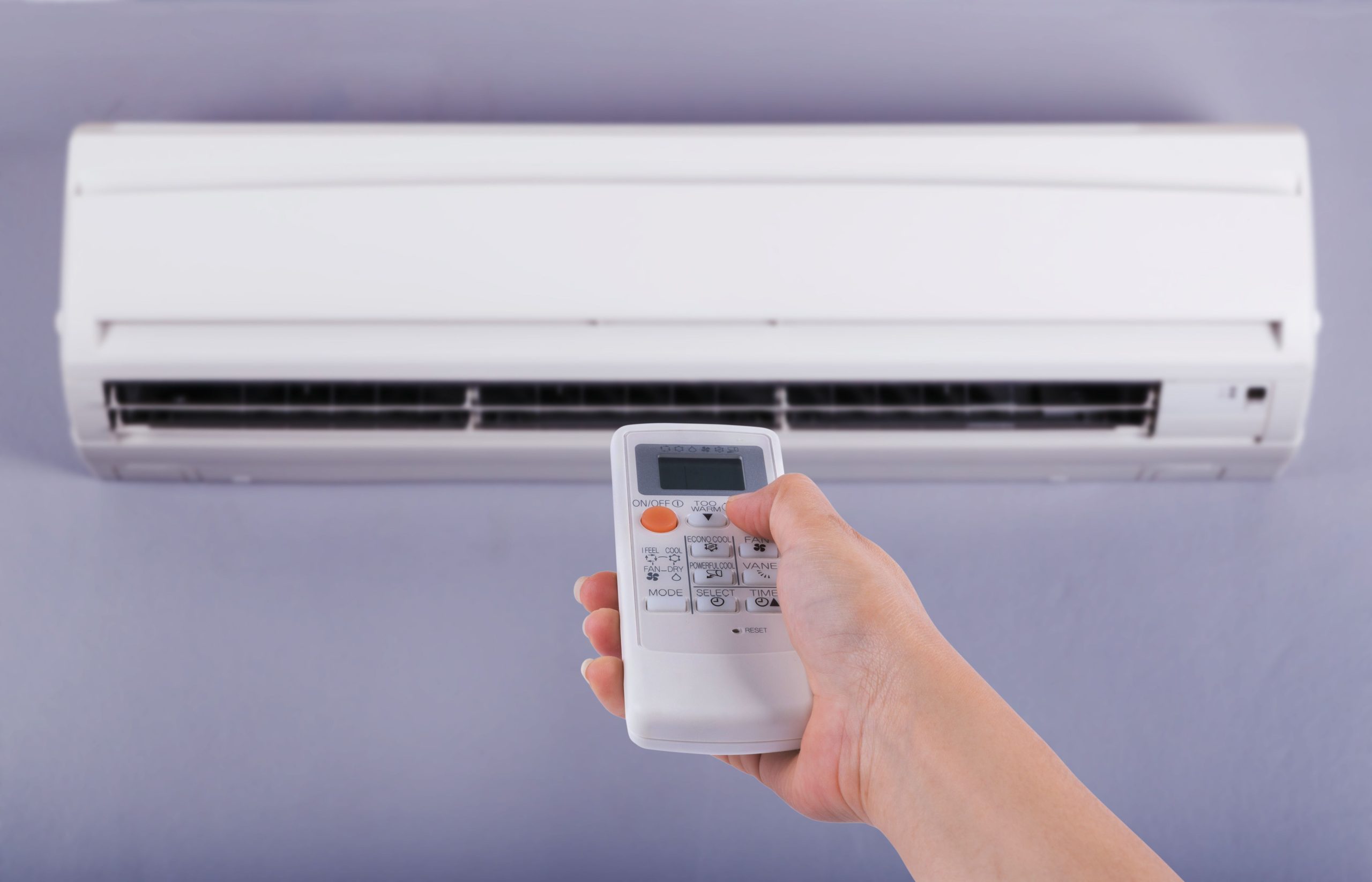
A scuba tank inspection is an often overlooked but necessary step in diving. A tank inspection is the responsibility of both the diver and their buddy. It’s always a good idea to have your tanks inspected before use and after every dive, regardless of how long it’s been since the last time you went diving. This article will go through Scuba tank inspection guide.

Why Do You Need to Inspect Your Tank Before Every Dive?
Ensure it’s safe and can provide enough gas for a safe, enjoyable dive. A properly inspected scuba tank means that your tank is free of any damage, loose parts or anything else that could cause a problem while diving with it.
Now that you know why you should inspect your scuba tanks before every dive, let’s discuss How to perform the inspection.
Step 1: When getting your scuba tank, immediately inspect it for damage. This should be done by removing the cover and looking for any noticeable signs that the tank cannot hold air. A properly maintained scuba tank should have no visible cracks in the walls or clear signs of leaks, yet many people ignore this simple step.
Step 2: Inspect your new scuba tank’s valve and purge line assembly to ensure they are properly sealed off and without damage.
Step 3: Look over all of the valves in your hose assembly. If there is a Schrader valve, inspect it for damage and cracks. If there are any signs that the valve may be faulty, replace the hose assembly before you use it.
Step 4: After checking your valves, inspect your tank to ensure all the other attachments are properly attached. This includes looking at your second stage and any other items that could fall off during a dive and ensuring they are securely fastened to the tank.
Step 5: Double-check the valve and purge line assembly seals to ensure they are properly in place.
Step 6: Ensure all the valves on your scuba tank are closed. If any of them are open, close them now before you fill your tank with air.
Step 7: Finally, you must visually inspect the entire surface of the tank to ensure that it’s free from any cracks or other signs of damage or corrosion. Look for signs of rust or anything that could become a problem shortly.

Conclusion
While it may seem simple, inspecting your scuba tank before every dive is an important step that should be considered. Although you should be aware of the obvious signs of damage, there are many things you may miss if you need to know what to look for. As mentioned above, experienced scuba divers should be able to go through Scuba tank inspection guide and implement efficiently.





